Watercress and a Little Nutrition "Byte"
How about a little '"Nutrition Byte'" (nutrition information in one minute or less)? I found this on a favorite site, www.veghealth.com (part of the Vegetarian Health Institute) and thought you'd appreciate this tidbit of veggie awareness.
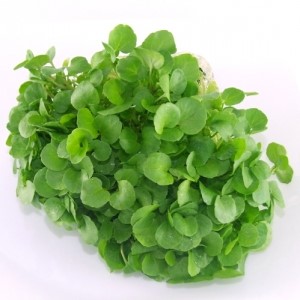
It's all about the anti-aging powers of watercress! Watercress just happens to be a cruciferous vegetable. Who knew, right? Don't we usually think of cabbage, cauliflower, broccoli, and Brussels sprouts when we hear the word '"cruciferous?'"
But it's true. This leafy vegetable is a true member of the cruciferous family and is a powerful super-food, boasting a huge dose of antioxidants in every serving. It's in the same family as broccoli and Brussels sprouts, but it surpasses even them in nutrient density.
In fact, in a Center for Disease Control study of 41 fruits and vegetables, watercress came out as the #1 nutrient powerhouse! Studies show that eating about 3/4 cup of raw watercress a day reduces DNA damage and boosts your antioxidant status.
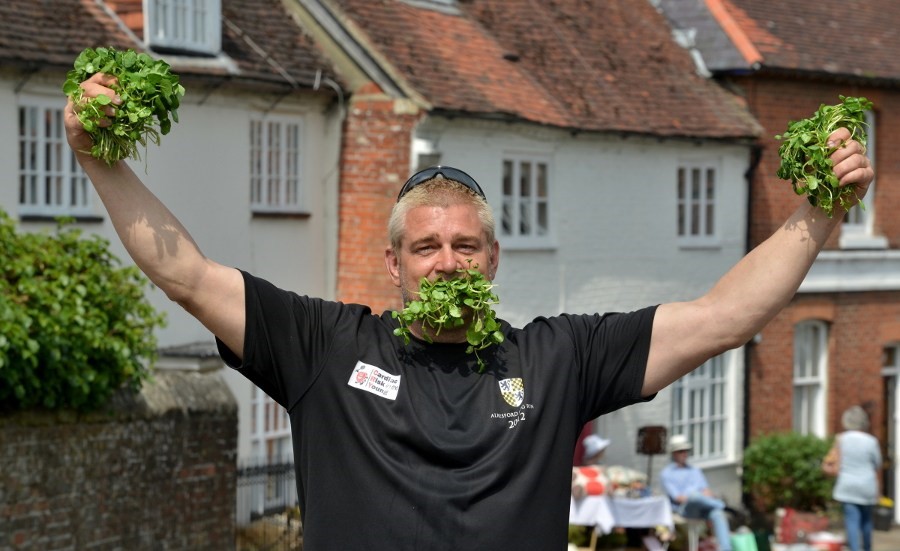
This is a giant deal and terrific news because DNA damage from oxidative stress plays a big role in aging and disease. By combating it, you are essentially slowing the aging process. And now you know of another cruciferous veggie. Move over tiresome broccoli and Brussels sprouts! In fact, in different parts of the world, all-you-can-eat watercress contests are held to promote its healthful goodness.
And watercress doesn't just slow you from aging on the inside, it's also linked to improved skin tone and texture, as well as reduced wrinkles and brown spots.
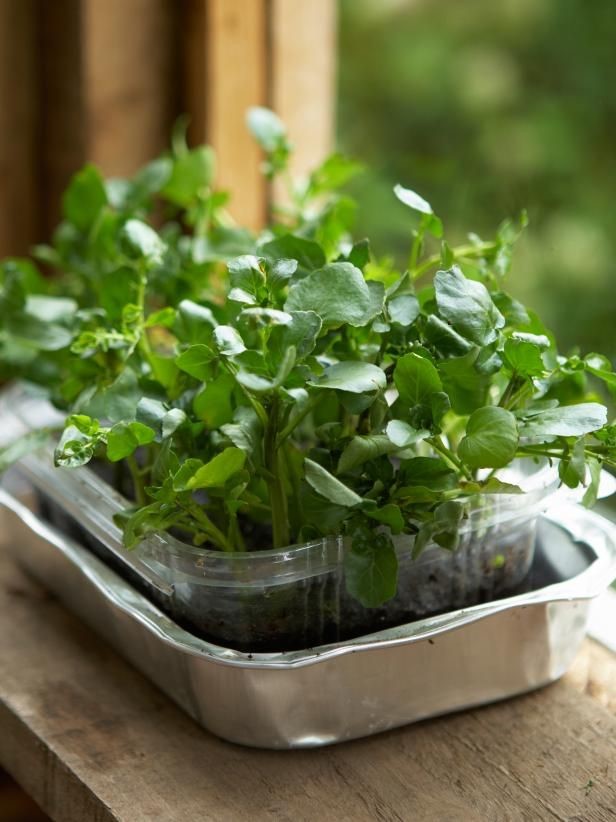
It has a hot peppery taste that comes from the mustard oil in the plant. Its strong flavor is known to stimulate the taste buds and digestion. Young leaves contain less mustard oil and so have a milder flavor. It's hard to find young watercress in grocery store produce departments, but you can certainly grow your own and harvest it when it's young. It grows really well in kitchen windowsills.
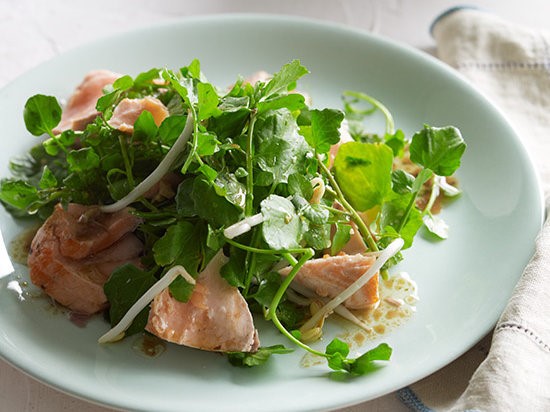
Watercress is in season from April to September and although it's usually relegated to a measly garnish on the plate, because of the above-mentioned research, it is now looked upon as a delicious and HEALTH-promoting vegetable. While the hot peppery leaves to add a kick to tossed salads; their pungent flavor also makes flavorsome soups, sauces and flavored butters. And here's a little known fact: Watercress goes particularly well with eggs.
My favorite way of enjoying watercress is in a sandwich made with good quality bread generously spread with butter and packed with plenty of crisp, fresh watercress. In Germany watercress is eaten with meats, sausages and smoked fish. And it's especially delicious with salmon, where its refreshing flavor is the perfect complement to the rich tasting fish.
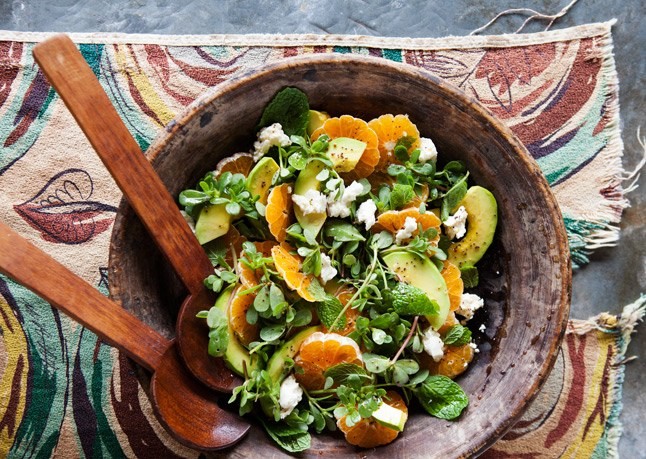
The other day I saw a chef making a watercress salad with tangerine sections and diced avocado. I asked her if she would be adding anything else and she said that this simple salad didn't need anything else. Then I watched her finish it all off with a squeeze of fresh tangerine juice. As she was doing this, she told us that if you don't have tangerines, just slice an orange. And if you don't have an orange, just use diced grapefruit sections. The point being, anything citrusy works well with watercress and avocado.
I was able to take a little test bite, and she was absolutely correct. This combination sizzles!
So there's your '"nutrition byte.'" And all this said, how about giving watercress a try this month. You'll find it at your local farmer's market or grocery store; and why not start incorporating it into your favorite plant-based meals by combining it with avocado and tangerines?
- www.bonapetit.com
- www.bonapetit.com
- www.foodandwine.com
- www.contrarylife.com
- www.pinterest.com
- www.cyberfresh.com.au
 Alice Osborne
Alice Osborne
Weekly Newsletter Contributor since 2006
Email the author! alice@dvo.com
